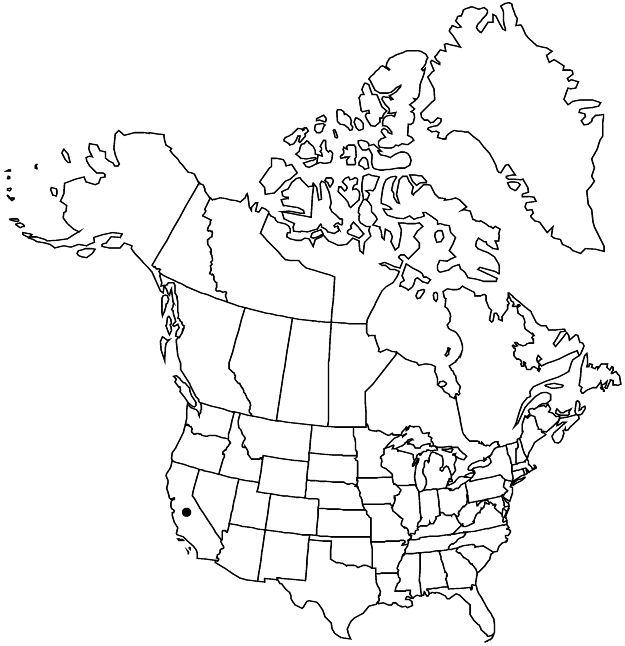Cistus incanus
Sp. Pl. 1: 524. 1753.
Shrubs to 10+ dm. Leaves petiolate; petiole 3–15 mm; blade 1-veined from base, narrowly elliptic, obovate, or ovate, (10–) 25–50 (–75) × (5–) 8–30 mm, margins ± undulate, not revolute. Inflorescences solitary flowers or cymes. Flowers: sepals 5, apices acuminate; petals pink, purple, or reddish, sometimes yellowish near bases, 20–30 mm; styles 1–3+ mm; stigmas borne at level of anthers. Capsules 5-locular. 2n = 18 (Europe).
Phenology: Flowering (Jan–)Mar–Aug.
Habitat: Disturbed sites, chaparral borders, clearings, oak woodlands, roadsides, abandoned plantings
Elevation: 100–1500 m
Distribution

Introduced; Calif., Europe
Discussion
If the types of the names Cistus incanus and C. creticus Linnaeus are not conspecific, plants in the flora area called C. incanus should be known as C. creticus. Cistus villosus Linnaeus has been misapplied to plants belonging to C. incanus (and/or C. creticus).
Cistus incanus is known from the north and south Central Coast Ranges, northern South Coast Ranges, San Gabriel Mountains, Western Transverse Ranges (Liebre Mountains), and the Peninsular Ranges.
Selected References
None.
